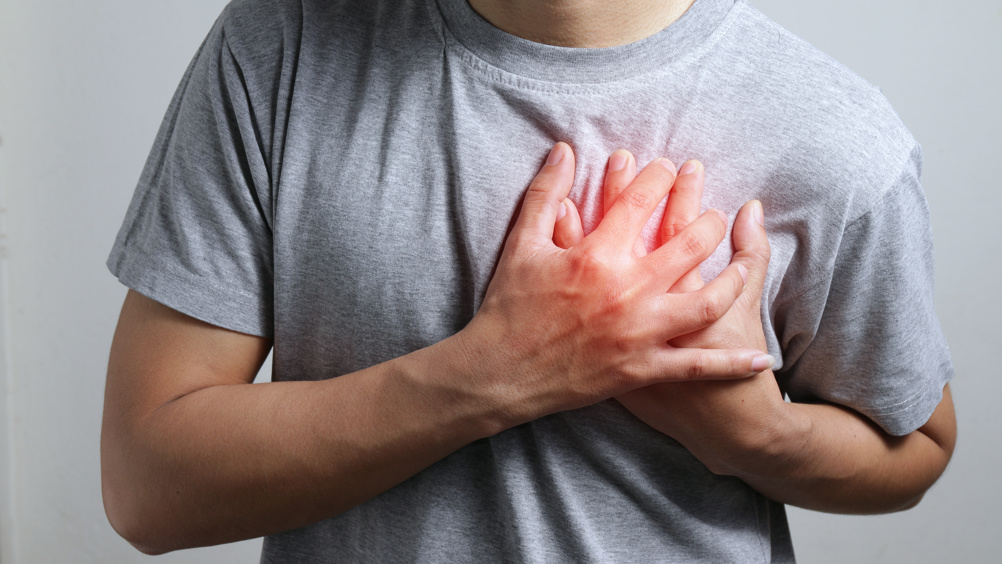References
Blood gas analysis to aid decisions in non-traumatic out-of-hospital cardiac arrest

Abstract
Background:
Out-of-hospital cardiac arrest (OHCA) is a presentation faced by paramedics where decision-making is complex. Blood gas analysis (BGA) is used by hospital-based clinicians to guide decisions, suggesting its prehospital use could support paramedics.
Aim:
This study aimed to examine the current literature to elucidate whether BGA could support UK-based paramedic decision-making when managing a non-traumatic adult OHCA.
Methods:
Research literature surrounding the topic was sourced via the CINAHL and MEDLINE databases as well as through a grey literature search.
Findings:
Nine articles were reviewed, which showed consistent themes of BGA correlating to prognosis, therapeutic intervention and Utstein factors.
Conclusion:
The current evidence base is consistent in suggesting that BGA would support decision-making if used prehospitally; however, this is mostly not specific to UK paramedic practice. Further understanding would be required for its inclusion to be considered.
NHS ambulance service paramedics attend approximately 30 000 out-of-hospital cardiac arrests (OHCA) in the UK per year where cardiopulmonary resuscitation (CPR) is commenced (Perkins et al, 2015; NHS England, 2017).
Around 70% of OHCA patients require a decision on whether to terminate resuscitation or transport to an emergency department (ED) with ongoing CPR (Yates et al, 2018). Patients who are transported to hospital with ongoing CPR have <2% chance of survival to discharge and a mortality rate of >90% shortly after arrival (Schmidbauer et al, 2021). This indicates paramedics transport a significant number of OHCA patients to hospital unwarrantedly. UK OHCA survival to discharge is 7–8%, which is poor compared to other developed countries (Phillips, 2018).
Although this can be attributed to bystander performance, paramedic-led management of OHCA could also be improved to increase survival (Resuscitation Council UK (RCUK) et al, 2015; Fisher, 2020).
Subscribe to get full access to the Journal of Paramedic Practice
Thank you for visiting the Journal of Paramedic Practice and reading our archive of expert clinical content. If you would like to read more from the only journal dedicated to those working in emergency care, you can start your subscription today for just £48.
What's included
-
CPD Focus
-
Develop your career
-
Stay informed

